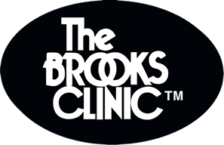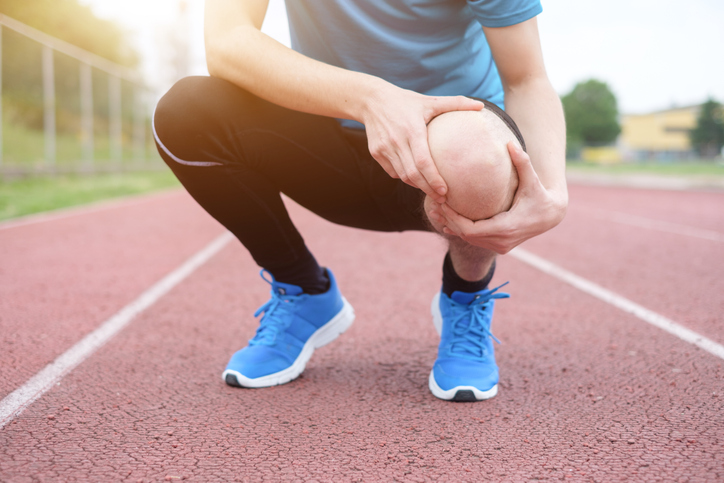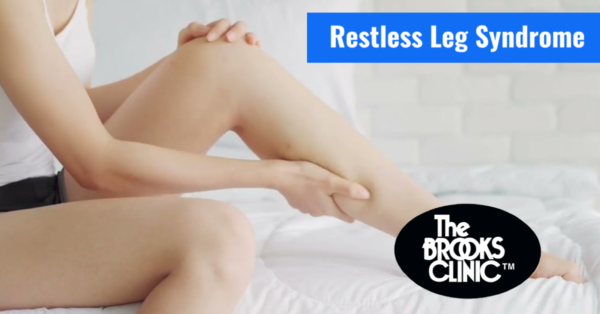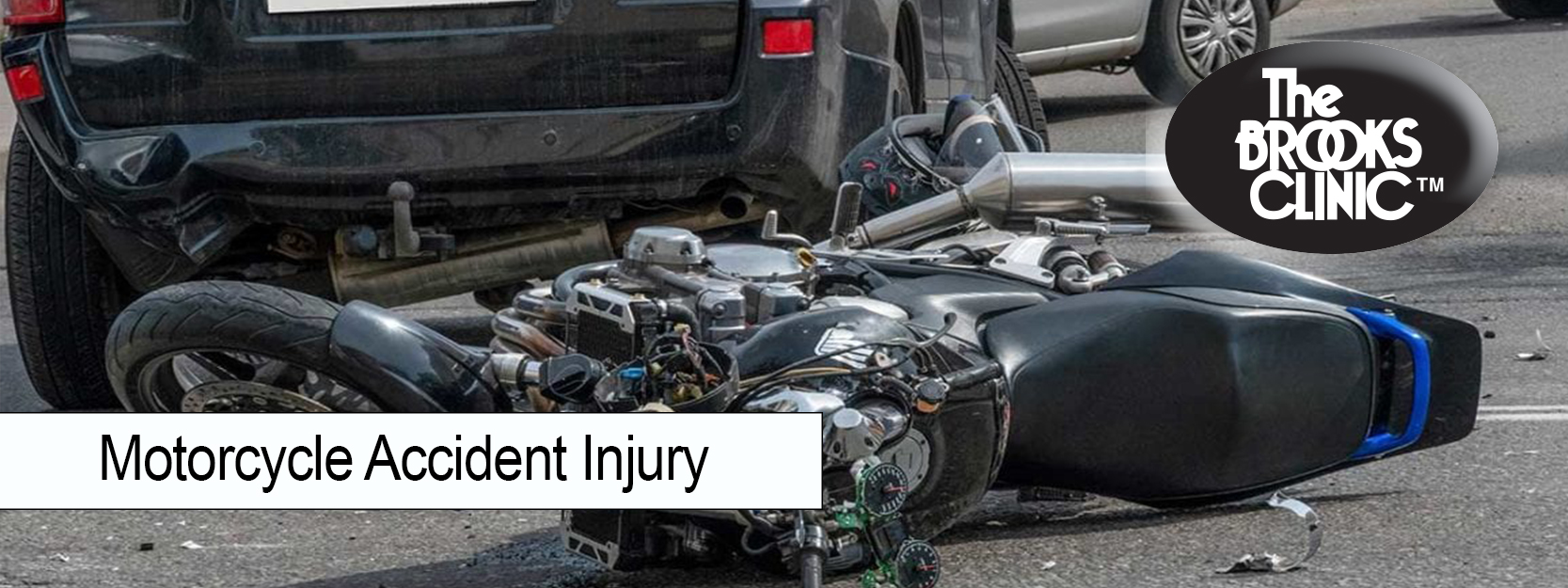Ah, the plight of the weekend athlete! When a casual game of tossing the football around morphs into playing an afternoon of full-contact football, or when you’re all playing basketball until the sun goes down, the risk of injury grows exponentially – especially when you’re getting tired.
The amateur sportsman risks suffering five main types of injuries: sprains, strains, fractures, concussions, and overuse injuries. While many of these are avoidable simply by stretching and warming up before and cooling down after exercise, simple precautions can bolster your body against these common types of injuries.
The following are the main types of sports injuries and their treatments, and ways to help minimize your chances of injury:
1. Treating Sprains
A sprain is an injury caused by stretching or tearing of the connective ligament tissues between bones. When a ligament is overstretched without being warmed up, or if the joint gives way during exercise, the result is a sprain. Sprains commonly affect ankles, knees, shoulders, and wrists.
A minor sprain can be treated at home using the RICE technique (rest, ice, compression, and elevation). A major sprain might require medical attention and physical therapy. Surgery may be recommended if the sprain is not healing properly, or if the pain gets worse.
2. Treating Strains
A strain, also known as a “pulled muscle,” is a stretch or small tear in a muscle or tendon. (Tendons connect muscles to bones, whereas ligaments connect bones to other bones.) Strains are usually caused by rapid changes in direction or speed.
Strains happen most often in the leg muscles (such as hamstrings and quadriceps), calves, groin, rotator cuff (shoulder), or lower back. The signs of a strain are painful contractions accompanied by tenderness, bruising, and moderate swelling.
As with sprains, most strains can be cared for at home using the RICE method. The symptoms and pain typically improve after a few days, and resumption of normal activities is possible within a week.
However, if a strain is accompanied by increasing pain, soreness, immobility, and further swelling, or if it just doesn’t seem to improve, seek a doctor’s advice for specialized treatment.
3. Treatment for Fractures
A fracture is a broken bone, usually resulting from a traumatic injury such as a fall or collision. Nearly all fractures – with the exception of small stress fractures and broken toes – require professional medical treatment.
Typically, fractures are healed through immobilization using a splint or a cast. In extreme cases, a fracture might require stabilizing the bone through surgery; the doctor does this by affixing plates and screws so the bone grows back together properly.
4. Concussion Treatments
A concussion occurs when the brain is knocked against the skull by an impact. Signs of a concussion include:
- Mental confusion
- Short-term memory loss
- Dizziness
- Headache
- Ringing in the ears
- Nausea
- Vomiting
- Loss of consciousness
If you suspect someone has a concussion, it is important to get them medical treatment and keep them awake. Ongoing treatment and care for a concussion typically involves extended periods of rest until all symptoms have abated.
5. Treating Overuse Injuries
Overuse injuries are caused by simply using that part of your body in the same way over and over again. Common examples are tennis elbow, rotator cuff injury, tendonitis, stress fractures, bursitis, and even simple joint pain. Runners can get shin splints from not varying their running surface, just as baseball pitchers often throw out their shoulders from doing repetitive pitching motions.
It is a good idea to seek help from a physician or physical therapist to help you pinpoint the motion you should correct, and to find out exactly how to change how you perform that motion on a regular basis. Pay attention to your body’s early-warning signals – pain is indicative of something you are doing too frequently or wrong.
Avoiding Sports Injuries
While the entire point of physical exercise is to get healthy, injuries can happen. However, injuries can be minimized if you play within your scope of fitness and take a few minutes to stretch and warm up, as well as cool down afterward.
Sports Medicine Physicians in Oklahoma
The Brooks Clinic specializes in rehabilitation of orthopedic and sports injuries. We offer every facet of rehabilitation at our state-of-the-art clinic.
From deep-tissue manual therapy to electrostimulation, we offer a full range of treatment options to assist you in overcoming an injury – as well as helping you prevent future incidents.
Contact the professionals at The Brooks Clinic today by calling (405) 400-0877 to schedule an appointment, or request a consultation online today. We can train you to take your body to peak performance.




